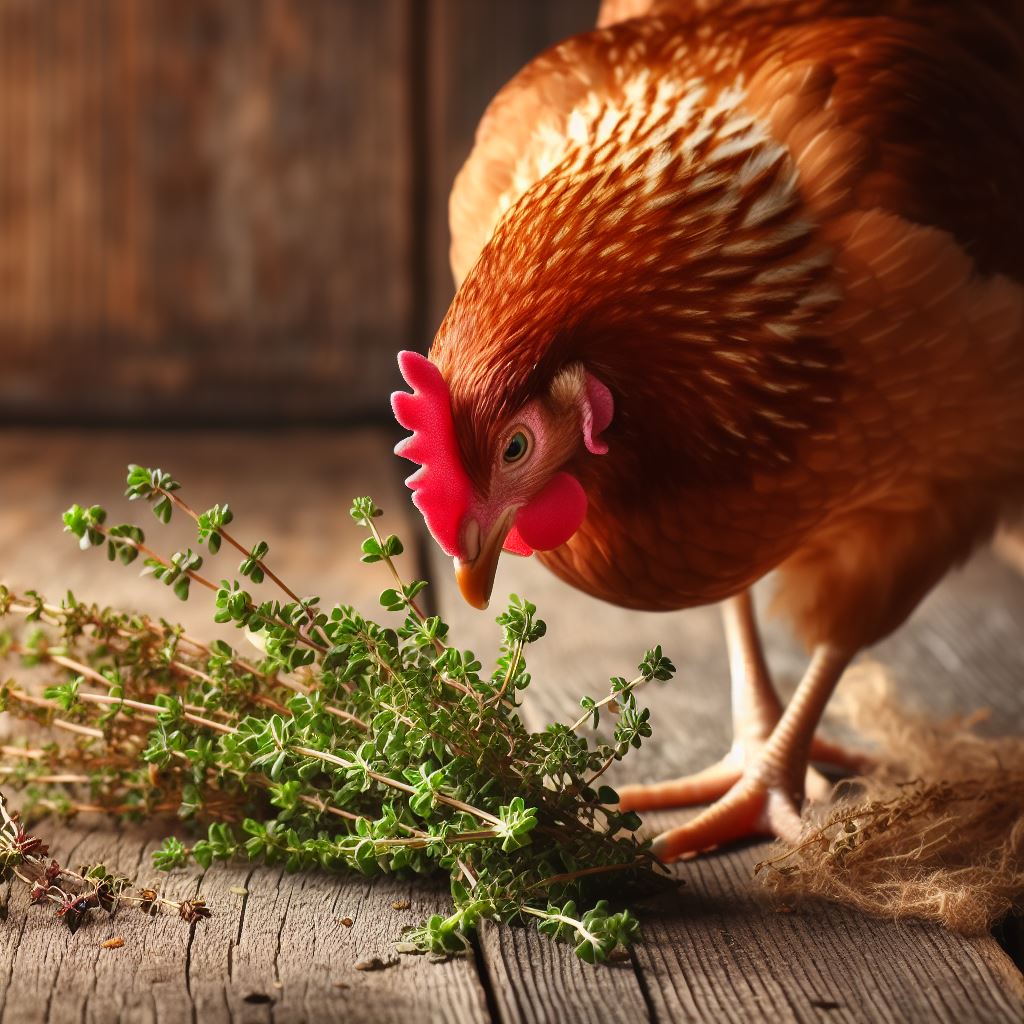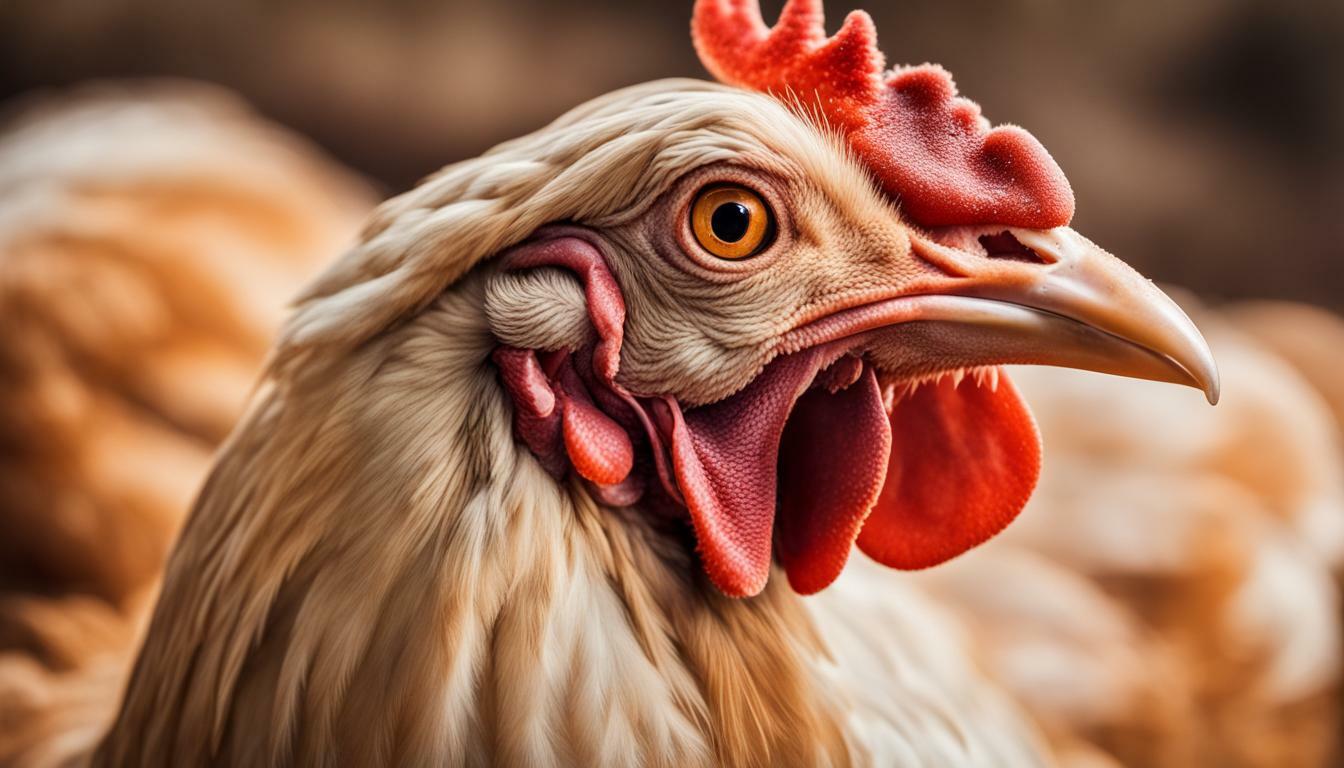Why Do Chicks Huddle Together?

Table of content:
- The Warmth of the Brood
- Flock Behavior and Bonding
- Seeking Comfort and Reassurance
- Signs of Cold Stress in Chicks
- At What Age Do Chicks Start to Huddle?
- Is It Normal for Chicks to Huddle in a Corner?
- Do Chicks Get Cold When Not Huddling?
- Providing Optimal Brooding Conditions
- Is Excessive Huddling Cause for Concern?
- When to Separate Huddling Chicks?
- Conclusion
Chicks huddling together is an adorable sight. The tiny puffballs crowded in a corner, peeping softly as they snuggle close to one another. But why do they do it? There are several important reasons baby chickens huddle up in groups. Understanding flock behavior provides insight into the needs of young chicks and how to care for them properly.
The Warmth of the Brood
A key reason baby chickens huddle is warmth. Chicks have very limited ability to regulate their own body temperature. Huddling together allows them to conserve and share body heat within the group.
When a hen is brooding chicks, she provides a warm, protective environment under her body and wings. Chicks instinctively huddle near the hen for comfort and warmth. If they become chilled away from her heat, they will crowd close together to maintain their temperature.
Newly hatched chicks are especially vulnerable. Their downy coats do not provide sufficient insulation yet. Breeds with less feathering may also have more difficulty retaining warmth. Huddling boosts body heat generation among the chicks within the brood’s reassuring embrace.
Flock Behavior and Bonding
In the wild, chicks must stay close to the mother hen and siblings to avoid predators. Sticking together provides safety in numbers. Huddling facilitates social bonding within the flock from a young age.
Even when domesticated chicks are safely confined, their natural instincts lead them to congregate. Chicks socialize through physical contact and vocalizations. Huddling allows them to interact closely, familiarizing themselves with flockmates. It contributes to a community mindset that continues into adulthood.
Roosting side-by-side at night also enables socialization. Chicks get to know each other’s presence and sounds. This helps them learn to recognize friends versus strangers. The more time chicks spend huddled up, the stronger their social ties will be.
Seeking Comfort and Reassurance
Huddling behavior provides more than just physical warmth for baby chickens. It also meets their needs for comfort and security.
When chicks feel frightened, stressed, or insecure, their natural reaction is to huddle for reassurance. Being surrounded by flockmates makes solitary chicks feel less vulnerable. Snuggled securely together, gentle peeping will help settle their nerves.
Mother hens purposely gather wandering chicks back into protective huddles. Her presence and affectionate clucking helps soothe their anxiety. Chicks may also huddle around trusted human caretakers for the same calming effect.
If chicks seem excessively stressed unless huddled, it can signal issues in their environment. Check for potential disturbances or dangers that may be affecting them. Ensure proper brooding conditions to help chicks feel safe and at ease.
Signs of Cold Stress in Chicks
Extreme huddling behavior can indicate that chicks are too cold. Some huddling is normal, but constantly crowding together can mean they are struggling to maintain body heat.
Chicks feeling chilled will huddle in piles or tight groups. They may crowd in corners, along walls, or under heat lamps. The peeping from a cold brood gets louder and more distressed as well.
Watch for other signs of cold stress:
- Fluffed up feathers
- Shivering
- Weakness or lethargy
- Loss of appetite
- Slow growth
Pale shanks and combs can also signal poor circulation from inadequate warmth. Cold chicks will stop moving around normally. They conserve energy by staying huddled instead of eating, drinking, or exploring.
Correct any drafts, cold floors, or insufficient heat sources. Deep pine shavings provide insulation in the brooder area as well. Chicks need adequate space to get away from the heat when too warm. Monitor their behavior to find the right temperature balance.
At What Age Do Chicks Start to Huddle?
Chicks begin huddling almost immediately after hatching. Their down dries within hours, allowing direct skin contact. New chicks are often found napping in piles shortly after emerging from incubators or under broody hens.
The critical period for supplementary heat is the first 4 weeks when feathers develop. However, chicks will continue huddling indefinitely for warmth and companionship. Groups sleeping together can be seen even in mature chickens.
In wild coveys, new hatchlings must huddle under the mother for safety. Predators are attracted to peeping chicks, so the hen keeps them silent and concealed. Domestic chicks still carry these innate survival instincts to stay close to the brood.
Is It Normal for Chicks to Huddle in a Corner?
Healthy chicks do often choose corners and edges for huddling. By crowding along a wall or perimeter, chicks can utilize the structure to retain body heat from multiple sides. There is also a natural safety appeal to feeling enclosed while huddled with the full group in view.
However, excessive huddling in corners instead of utilizing the whole brooder space can indicate issues:
- Insufficient heat: Chicks are cold and crowding to get warm.
- Overcrowding: Too many chicks competing for warm spots.
- Stress or fear: Chicks feel insecure and want to hide.
- Illness: Sick birds conserve energy via huddling.
Monitor other behavior cues and evaluate their setup. Ensure adequate brooding space and adjust temperature as needed. Stressors should also be addressed by providing a peaceful environment.
Do Chicks Get Cold When Not Huddling?
Chicks that cannot huddle together adequately will have difficulty regulating their body temperature. Even brief separations from flockmates during the first weeks can cause chilling.
Solitary chicks may vocalize loudly while searching for warmth. They become distressed when unable to huddle for comfort and heat.
Prevent individual chicks from accidentally becoming isolated. Chicks should always have brooder companions. Advise children against continuously holding single chicks away from the group.
If you find a lone chick looking cold, return it to the brooder immediately. Place the chick within a huddle of flockmates to warm up. Keep an eye out for any shivering or weakness after separation. Ensure the brooding area maintains proper temperature for all chicks.
Providing Optimal Brooding Conditions
To encourage natural huddling behavior, start by replicating the warmth and security of a mother hen’s embrace:
Climate Control
- Maintain 95°F for the first week
- Lower the temperature by 5°F each week
- Use thermometers at chick level to monitor
- Adjust heat sources as needed
- Prevent drafts
Shelter
- Use large brooders with ample space
- Provide hiding spots for security
- Utilize dividers to prevent crowding in corners
- Ensure comfortable, dry litter for nestling together
Socialization
- House chicks with similar ages and breeds
- Keep group sizes manageable
- Limit disturbances and noise
- Provide supervision against bullying
- Permit natural interaction between flockmates
With a stable, soothing environment, chicks can huddle contentedly. They will exhibit normal exploratory behavior between snoozing piled together. Active chicks feeling adequately warm may nap cuddled near companions rather than in large groups.
Is Excessive Huddling Cause for Concern?
While huddling is instinctive in young chicks, extremes can indicate underlying problems. Sudden or dramatic increases in huddling behavior warrant attention.
Possible reasons chicks crowd excessively:
- Drop in temperature
- Lack of sufficient heat source
- External stressors causing fear
- Illness or weakness in chicks
- Overcrowding limiting space
- Bullying or competition between chicks
- Noise, commotion or predators frightening them
Try to evaluate and address the root cause. For example, add supplemental heat, create a “hideaway” area, or give more space per chick. Monitor for any symptoms of illness requiring treatment. With good management, the issue causing excessive huddling should be resolved.
When to Separate Huddling Chicks?
As a general rule, avoid intentionally separating chicks that are naturally huddling together. Doing so can cause stress, chilling, and distress at loss of flock contact. Instead, focus on providing an environment that encourages normal huddling behavior.
However, in some cases dividing chicks may be beneficial:
- To isolate sick or injured birds needing special care
- To remove bullies or aggressive chicks
- To divide groups if the brooder is overcrowded
- To hand-raise especially small, weak, or rejected chicks
Temporarily move individual chicks only when necessary. Return them to flockmates for companionship as soon as possible. Ensure they can access heat sources and maintain proper temperature when separated.
Conclusion
The sight of fluffy chicks all snuggled together is heartwarming but also perfectly natural. Huddling provides warmth, comfort, and social bonding essential to their early development. While adorable, understanding the importance behind the behavior will help you better care for your brood.
With adequate space, proper heat, appropriate lighting, and minimal disruptions, chicks can thrive together as a flock. Watching their personalities emerge while they eat, sleep, and play together is one of the greatest joys of chicken keeping. Raising healthy, vibrant chicks starts by nurturing their instinct to huddle.
Welcome. I’m Adreena Shanum, the proud owner of this website, and I am incredibly passionate about animals, especially poultry. I founded adreenapets.com as a labor of love, stemming from my desire to share my knowledge and experiences with poultry enthusiasts worldwide.




